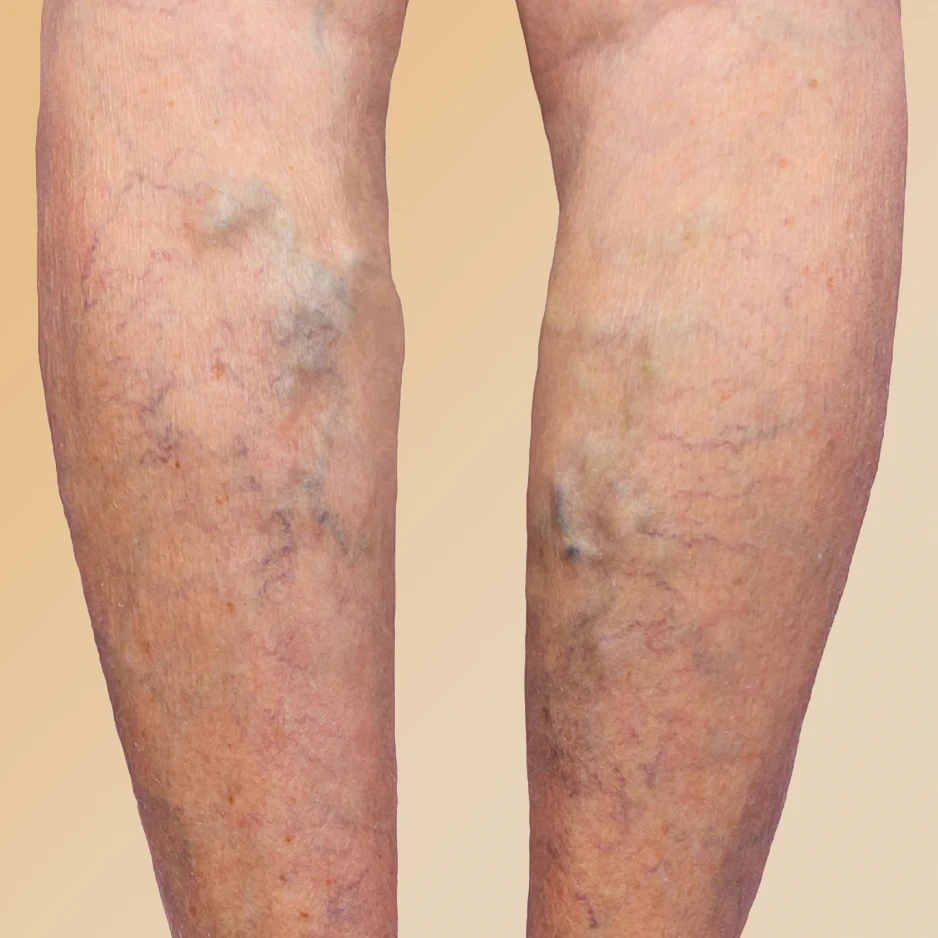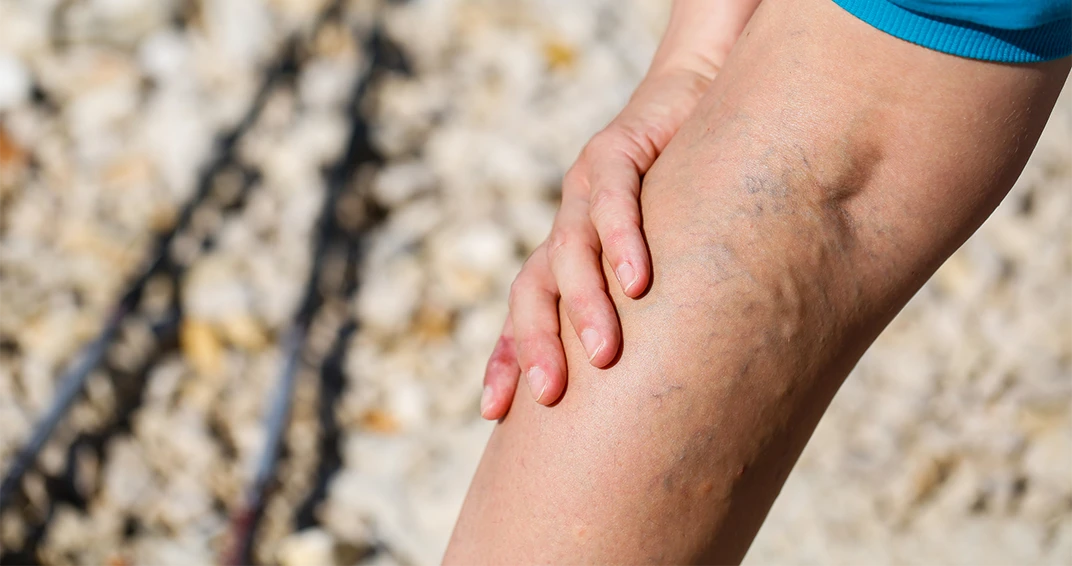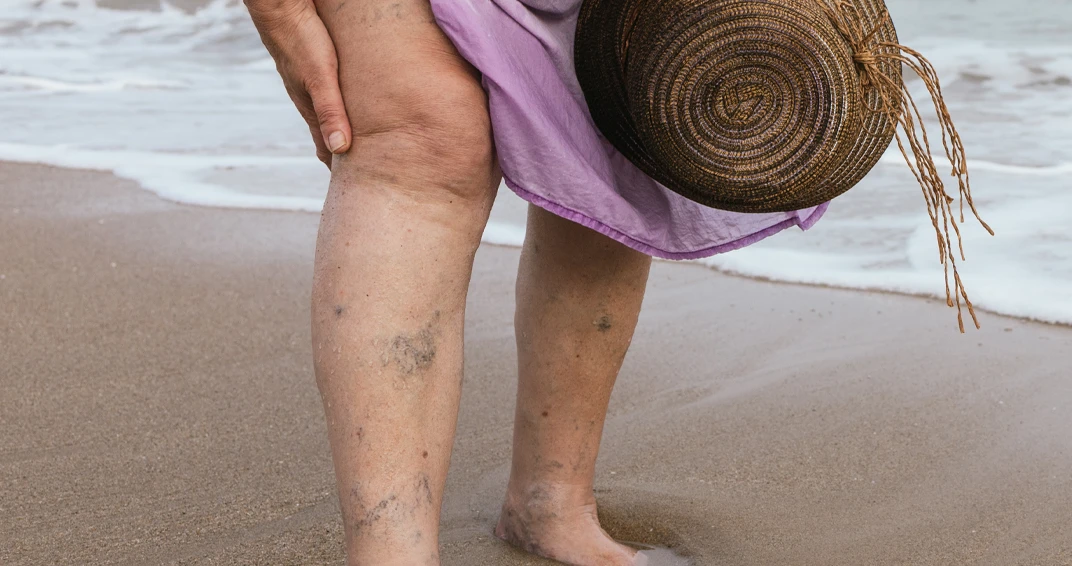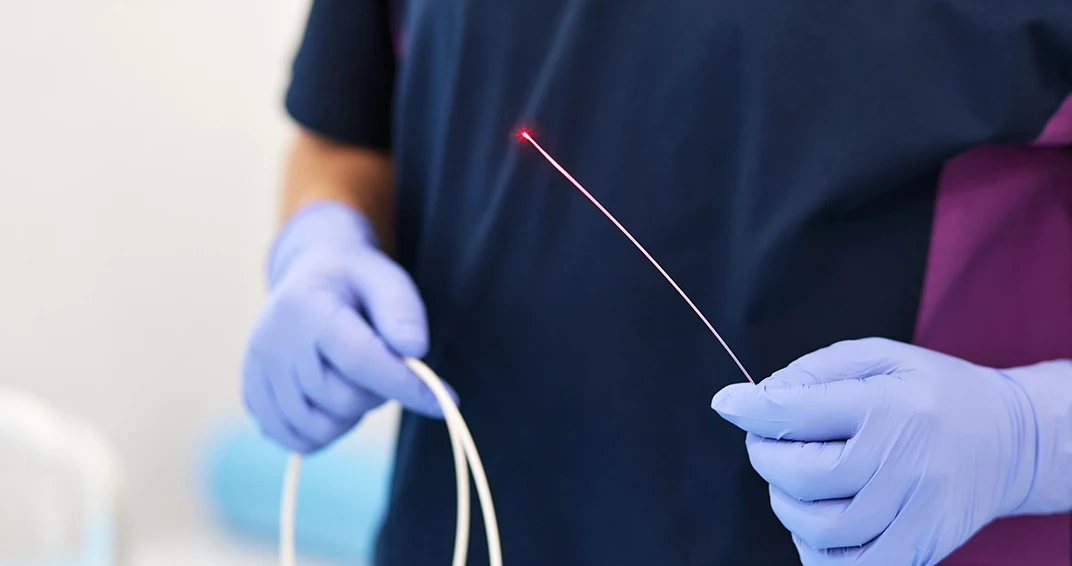Varicose Veins: Symptoms, Risks & Advanced Treatments
It is estimated that 40 million people in the United States suffer from varicose veins. For nearly 20 years, the interventional radiologists at Minneapolis Vein Center have provided individualized care to our patients with venous disease throughout the Twin Cities.

Varicose Vein Causes and Treatments

What are varicose veins?
Varicose veins are enlarged, twisted veins close to the skin surface. These veins are commonly visible under the skin. They most often occur in your legs and feet due to the increased pressure in your leg veins while standing and walking, but varicose can also develop in other areas of the body.
Veins are essential in your circulatory system, carrying blood from the body back to the heart. If you envision your circulatory system as a transportation network, veins are one-way roads. In the legs, the blood travels upward in the veins toward the heart.
Veins contain valves every few inches that keep blood flowing in the proper, upward direction. When those valves weaken or damage, they fail to function, allowing blood to flow downward or in the wrong direction. This leads to the development of bulging, twisted varicose veins. For many, this results in leg aching, heaviness, restlessness, swelling, and fatigue.
Varicose veins most often indicate the presence of a medical condition called Venous Insufficiency or Venous Reflux. If left untreated, this condition can lead to skin ulcers and skin conditions such as dermatitis, eczema, or blood clots.

What causes varicose veins?
Risk factors contributing to the development of varicose veins:
- Family history: this condition is hereditary (runs in families)
- Advanced age
- Gender: fluctuations in female hormones can allow the walls of veins to stretch
- Weight: excess weight puts additional pressure on the veins and valves.
- A sedentary lifestyle
- Pregnancy
- Trauma to the leg(s)
- Lifestyle: standing or sitting for prolonged periods for work
If you notice varicose veins or problematic leg symptoms, we invite you to call Minneapolis Vein Center and schedule an appointment to begin your journey to healthy legs.

What are treatment options for varicose veins?
There are numerous treatment options for varicose veins. Once a detailed ultrasound of your legs is completed, your Minneapolis Vein Center provider will explain the ultrasound findings in detail and provide you with specific treatment options.
Phlebectomy
Also called ambulatory phlebectomy, this procedure is done to remove varicose veins near the skin’s surface. Small incisions are made in the skin, and the physician removes the varicose veins using a small hook. There is no need for stitches, and the small incisions heal thoroughly in about four weeks. This procedure is typically done along with other venous procedures needed to treat the root cause of the varicose veins.
Venous ablation
A thin catheter placed inside the vein directs laser or radiofrequency to the walls of the diseased vein, which heats it, causing it to collapse and seal closed. Your body sends or reroutes blood to nearby healthy veins, improving the venous circulation in your legs.
Sclerotherapy
This procedure involves injecting a solution into the diseased veins using a small needle. This medication irritates the vein lining, causing it to scar down and close. The body then absorbs these closed veins.
Self-care and lifestyle modifications
Compression stockings, leg elevation, weight loss, exercise, and anti-inflammatory medications (such as ibuprofen) can help to alleviate the discomfort varicose veins cause. Many patients attempt these measures before seeking medical interventions.
Schedule an Appointment
To discover the treatment path for your specific needs, schedule a consultation with the Minneapolis Vein Center team.
Conditions We Treat
Quick Links
Pay your bills securely online with credit cards, debit cards, or checks.
(763) 398-8710
veincenter@mplsrad.com
2800 Campus Drive, Suite 20
Plymouth, MN 55441